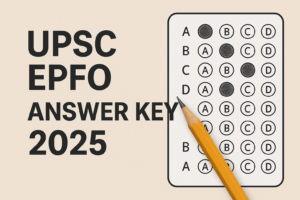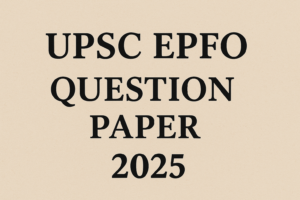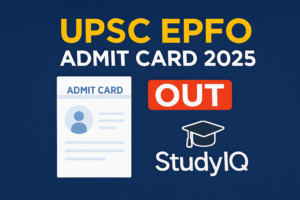Q.19 Achieving sustainable growth with emphasis on environmental protection could come into conflict with poor people’s needs in a country like India. Comment. (15 Marks, 250 Words)
Approach:
|
India faces a dual challenge: on one side, it must protect the environment and ensure long-term sustainability; on the other, millions of poor people require immediate access to food, energy, shelter, and livelihood. Often, environmental protection measures – while necessary – may directly or indirectly affect the poor, creating conflict.
Conflict Between Environmental Protection and Poor People’s Needs
- Energy Needs vs Renewable Transition: Poor households depend heavily on cheap fuels like coal, kerosene, firewood → Shift to clean energy requires subsidies and infrastructure, else poor may lose access.
- Eg: Despite LPG expansion under PM Ujjwala Yojana, over 40% rural households still rely on biomass for cooking (NSSO, 2022).
- Agriculture vs Environmental Limits: Restrictions on fertilizer/pesticide use or groundwater extraction may reduce yields → Poor farmers are the most affected.
- Eg: Ban on certain pesticides (to protect biodiversity) hits marginal farmers who lack access to costlier organic alternatives.
- Forest Conservation vs Tribal Livelihoods: Large-scale conservation projects restrict access of forest-dwellers to land, fuelwood, and grazing.
- Eg: National Parks & Tiger Reserves often displace or restrict rights of Adivasis.
- Eg: Conflict between Wildlife Protection Act (1972) and Forest Rights Act (2006).
- Urban Environmental Regulation vs Affordable Housing: Strict environmental clearances increase cost of construction → This may make low-cost housing unaffordable for the urban poor.
-
-
- Eg: Delhi NCR’s restrictions on construction (due to air pollution) stalled affordable housing projects, hitting migrant workers.
-
- Industrial Development vs Pollution Control: Poor people depend on industries for low-wage employment → But industries are often restricted or fined due to pollution norms.
- Eg: Closure of tanneries in Kanpur (2018) due to Ganga Action Plan caused job losses for thousands of workers.
Bridging the Conflict – Towards Inclusive Sustainable Growth
- Green Energy with Social Support: Subsidized LPG and solar cookstoves must continue for poor households.
- Eg: PM Ujjwala + PM Surya Ghar Yojana (2024) aims to reduce reliance on polluting fuels.
- Inclusive Agriculture Policies: Promote climate-resilient crops and micro-irrigation for small farmers.
- Eg: Pradhan Mantri Krishi Sinchai Yojana helps farmers shift to water-efficient practices.
- Community-Centric Forest Management: Implement Joint Forest Management (JFM) and strengthen Forest Rights Act (2006).
- Eg: In Odisha, community-managed forests show better conservation + livelihood outcomes.
- Affordable & Green Housing: Push for eco-friendly but low-cost housing materials (fly-ash bricks, bamboo).
-
-
- Eg: Pradhan Mantri Awas Yojana (Urban) encourages green building codes by promoting sustainable and energy-efficient construction practices.
-
- Just Transition in Industry: As India reduces coal use, provide alternative jobs & skill training to coal miners and workers.
In India, protecting the environment and meeting the needs of the poor may seem conflicting in the short run, but in reality, resource degradation harms the poor most – farmers in droughts, fishermen in polluted waters, slum dwellers in flood-prone areas. The goal should be inclusive sustainable growth, ensuring clean energy, resilient livelihoods and community-led conservation.

 UPSC EPFO Answer Key 2025 Out (Unofficia...
UPSC EPFO Answer Key 2025 Out (Unofficia...
 UPSC EPFO Question Paper 2025 PDF Downlo...
UPSC EPFO Question Paper 2025 PDF Downlo...
 UPSC EPFO Admit Card 2025 Out @ upsc.gov...
UPSC EPFO Admit Card 2025 Out @ upsc.gov...

























